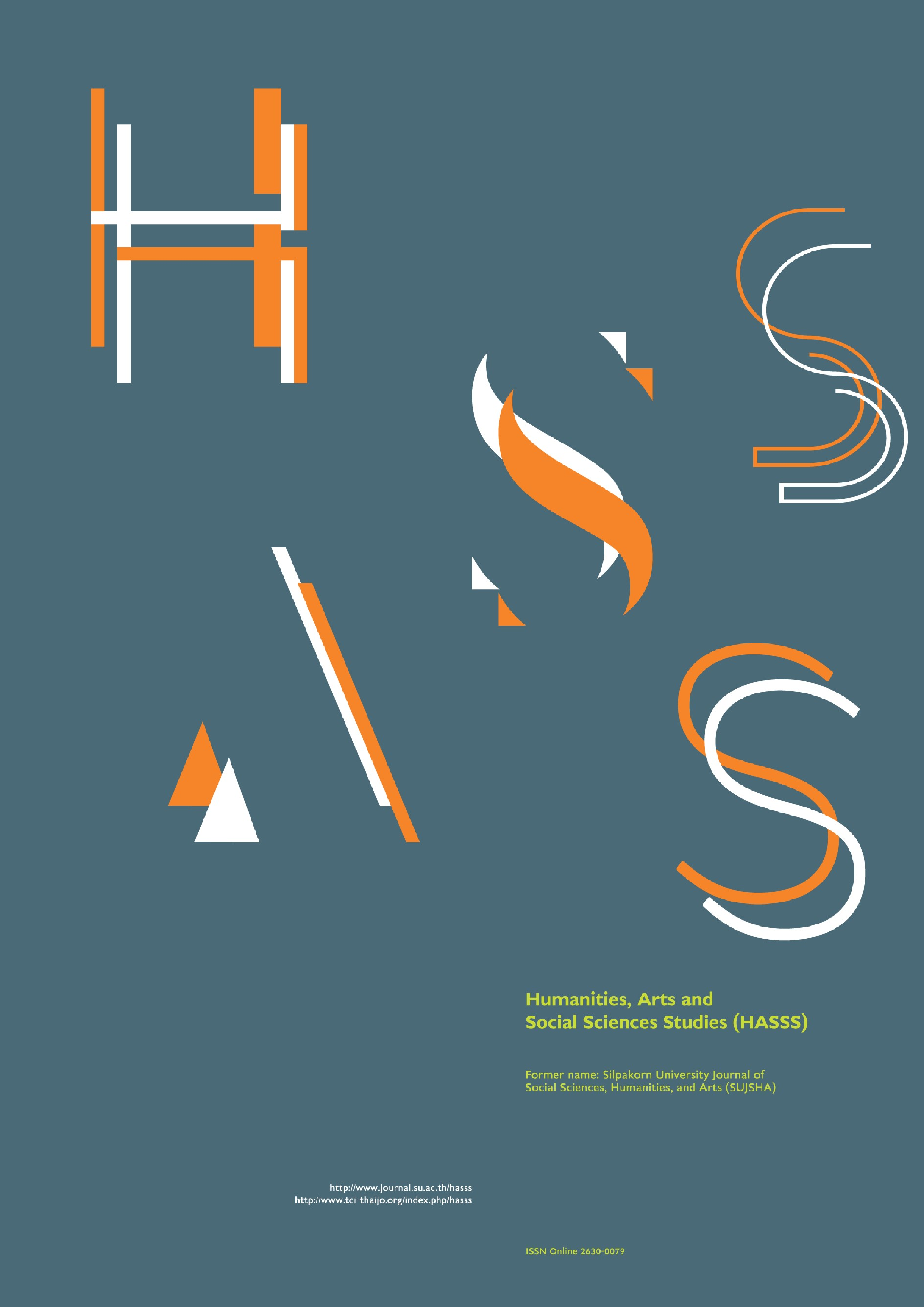Corpus stylistic analysis of postmodern narrative features in Mario Vargas Llosa’s The Feast of the Goat
Main Article Content
Abstract
By deploying a computational toolkit, this paper carries out a corpus stylistic analysis to understand the postmodern narrative features in Mario Vargas Llosa’s The Feast of the Goat. Since a novel’s style is mostly determined by the authors’ choice of literary techniques, a stylistic analysis would help to uncover the features of a text, particularly the language and literary techniques employed in it. It is evident Llosa employs postmodern narrative techniques to counter the prevailing narrative that Trujillo's regime was one of great economic prosperity and wellbeing for the Dominican Republic. The paper adopted a corpus methodology for uncovering, quantitatively as well as qualitatively, certain features of the postmodern narrative in The Feast of the Goat, features that normally get missed out in a manual analysis. AntConc corpus software was adopted for the study to explore how use of certain key words, as well as semantic domains could help to understand Llosa’s narrative techniques, particularly his use of flashbacks and fragmentariness, besides character-delineation in relation to the key themes of the novel like surveillance and dictatorship. While the quantitative data provided a helpful starting point, further analysis tied the findings to the central themes of the novel, as not all words in the text have straightforward interpretations. Thus, a corpus analysis of The Feast of the Goat deepens our understanding of how Llosa creatively incorporates postmodern techniques to reconstruct the inner working of the dictator's mind. His ruminations serve as the narrative framework for the novel. Through an analysis of linguistic data, we unveil the writer’s style in detail, to exemplify what type of reader response the authors hopes to elicit through the adoption of such stylistic devices.
Downloads
Article Details

This work is licensed under a Creative Commons Attribution-NonCommercial-NoDerivatives 4.0 International License.
All rights reserved. Apart from citations for the purposes of research, private study, or criticism and review,no part of this publication may be reproduced, stored or transmitted in any other form without prior written permission by the publisher.
References
Anthony, L. (2012). AntConc (Version 3.3.5) [Computer Software]. Tokyo, Japan: Waseda University. https://www.laurenceanthony.net/software/antconc/
Anthony, L. (2014). TagAnt (Version 1.1.0) [Computer Software]. Tokyo, Japan: Waseda University. https://www.laurenceanthony.net/software/tagant/
Anthony, L. (2018). AntGram (Version 1.0) [Computer Software]. Tokyo, Japan: Waseda University. http://www.antlab.sci.waseda.ac.jp/
Baker, P. (2002, June 4). The Feast of the Goat by Mario Vargas Llosa. The Complete Review. https://www.complete-review.com/reviews/vargas/fiestac.htm
Biber, D. (2011). Corpus linguistics and the study of literature: Back to the future? Scientific Study of Literature, 1(1), 15–23.
Britton, B. K., & Graesser, A. C. (2014). Models of understanding text. Taylor & Francis.
Feng, Z. (2016). Spontaneous scripts as fictional narrative: An innovation in postmodern fiction. Neohelicon, 43(1), 73–88. https://doi.org/10.1007/s11059-016-0331-3
Fischer-Starcke, B. (2009). Keywords and frequent phrases of Jane Austen’s Pride and Prejudice: A corpus-stylistic analysis. International Journal of Corpus Linguistics, 14(4), 492–523.
Goldwyn, M. H. (1983). Curricular possibilities: Literature and human rights. Improving College and University Teaching, 31(4), 149–154.
Hutcheon, L. (1989). Historiographic metafiction parody and the intertextuality of history. Johns Hopkins University.
Hutcheon, L. (2003). The politics of postmodernism. Routledge.
Kim, N. W., Bach, B., Im, H., Schriber, S., Gross, M., & Pfister, H. (2018). Visualizing nonlinear narratives with story curves. IEEE Transactions on Visualization and Computer Graphics, 24(1), 595–604. https://doi.org/10.1109/TVCG.2017.2744118
Lewis, D. (1990). The constructedness of texts: Picture, books and the metafictive. Signal, 62, 131–146.
Llosa, M. V. (2002). The feast of the goat. (E. Grossman, Trans.). Faber & Faber.
Lundahl, M., & Vedovato, C. (1989). The state and economic development in Haiti and the Dominican Republic. Scandinavian Economic History Review, 37(3), 39–59.
Mahlberg, M., & McIntyre, D. (2011). A case for corpus stylistics: Ian Fleming’s Casino Royale. English Text Construction, 4(2), 204–227.
Mahlberg, M. (2012). Corpus analysis of literary texts. In C. A. Chapelle (Ed.), The encyclopedia of applied linguistics (pp. 1282–1289). Blackwell.
Mahlberg, M. (2013). Corpus stylistics and dickens's fiction. Routledge.
Middleton, J. A. (1990). Willa Cather's modernism: A study of style and technique. Fairleigh Dickinson University Press.
Pisters, P. (2011). Flashforward: The future is now. Deleuze Studies, 5, 98–115.
Stockwell, P., & Mahlberg, M. (2015). Mind-modelling with Corpus Stylistics in David Copperfield. Language and Literature, 24(2), 129–147.
Stubbs, M. (2005). Conrad in the computer: Examples of quantitative stylistic methods. Language and Literature, 14(1), 5–24.
Whiteley, S., & Canning, P. (2017). Reader response research in stylistics. Language and Literature, 26(2), 71–87.
Winters, C. A., & Derrell, R. (2010). Divided neighbors on an indivisible island: Economic disparity and cumulative causation on Hispaniola. Journal of Economic Issues, 44(3), 597–613.


